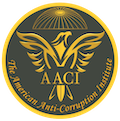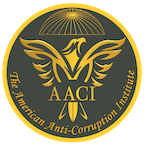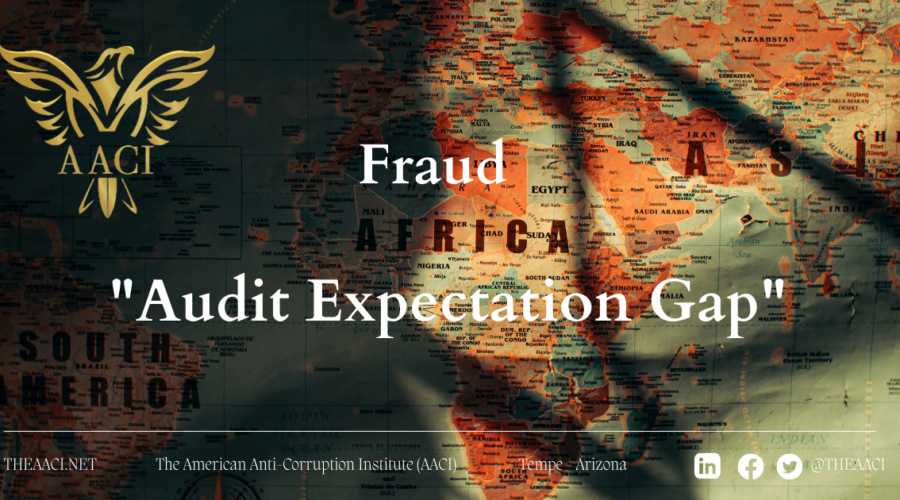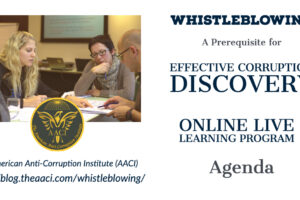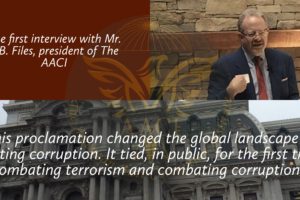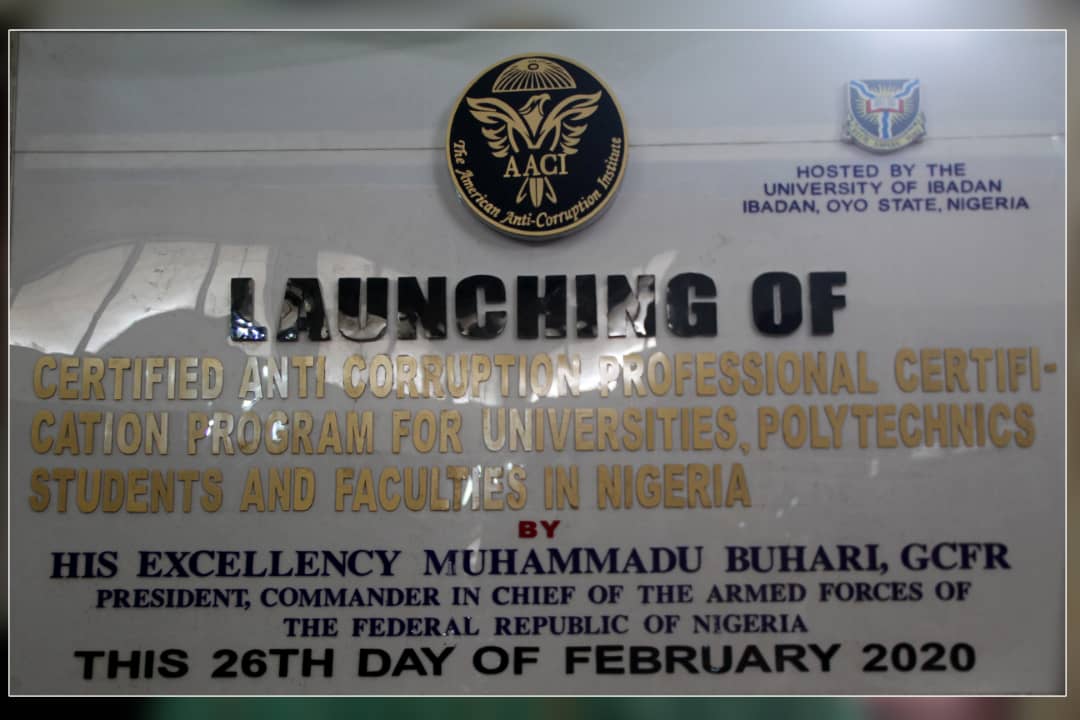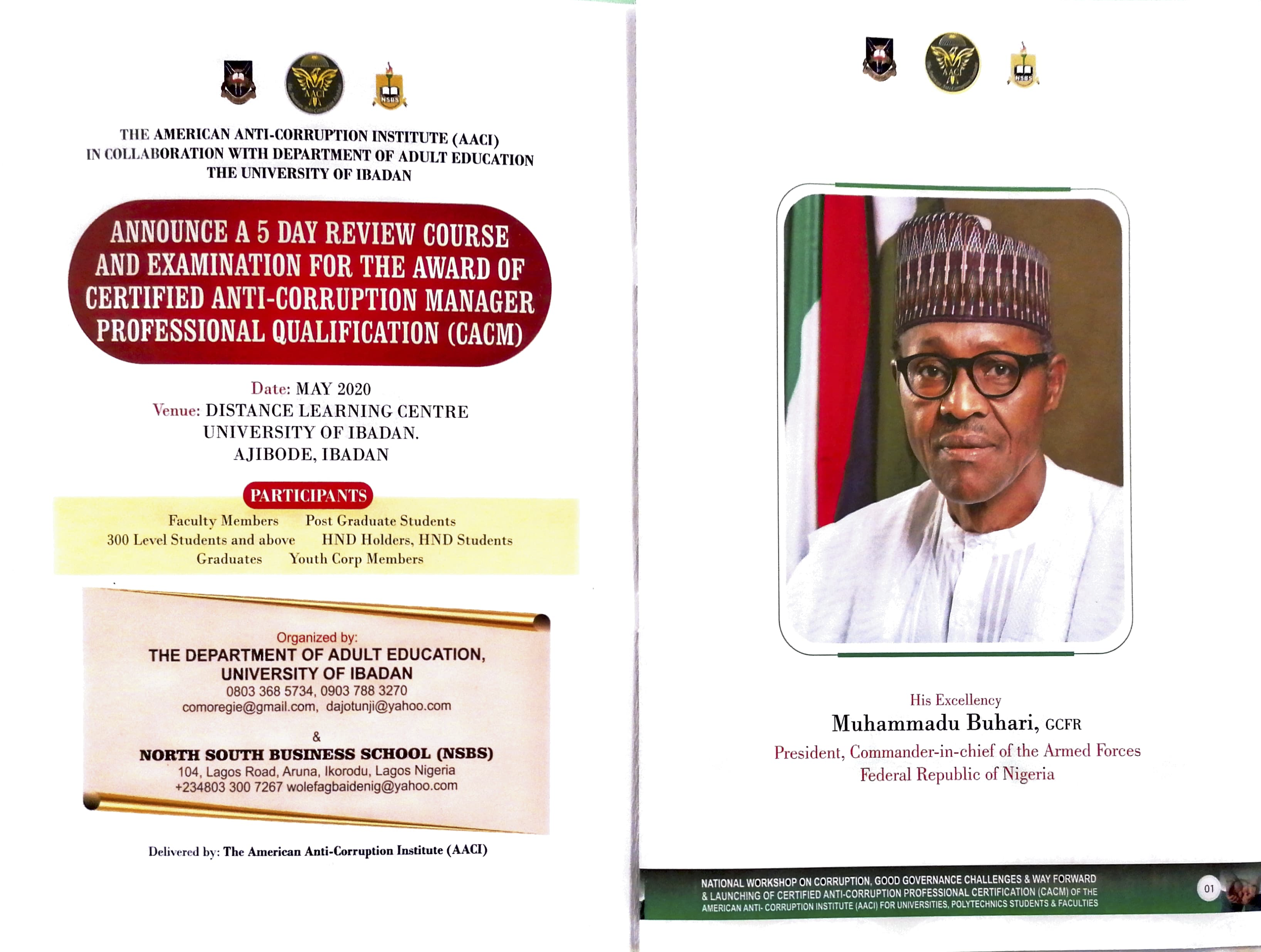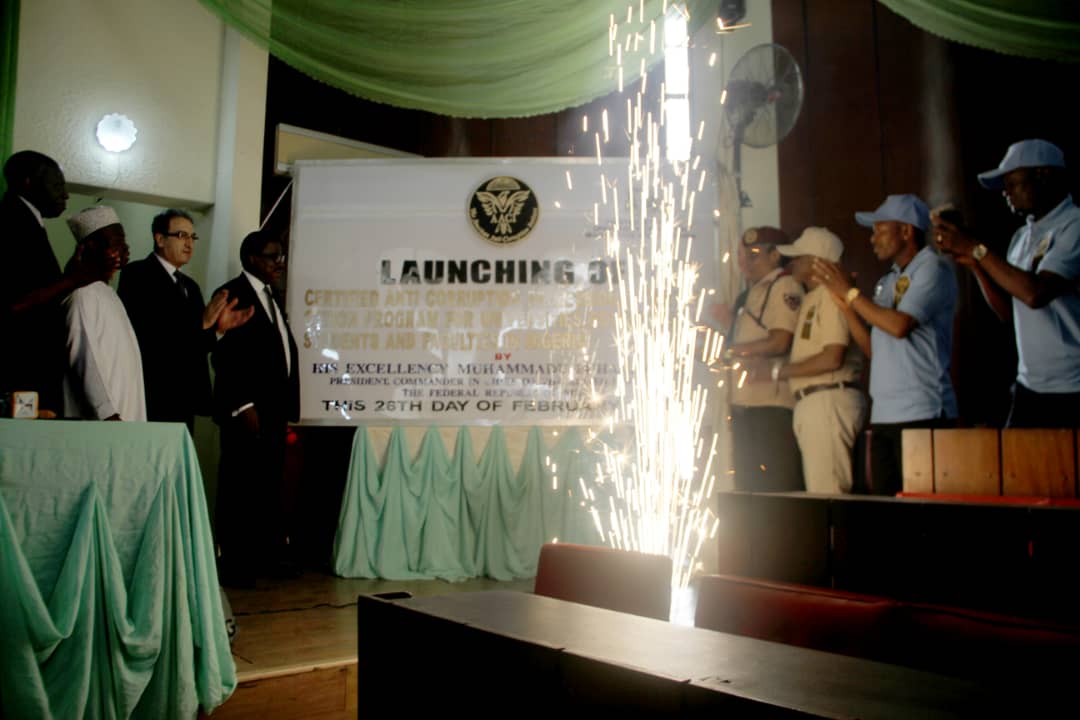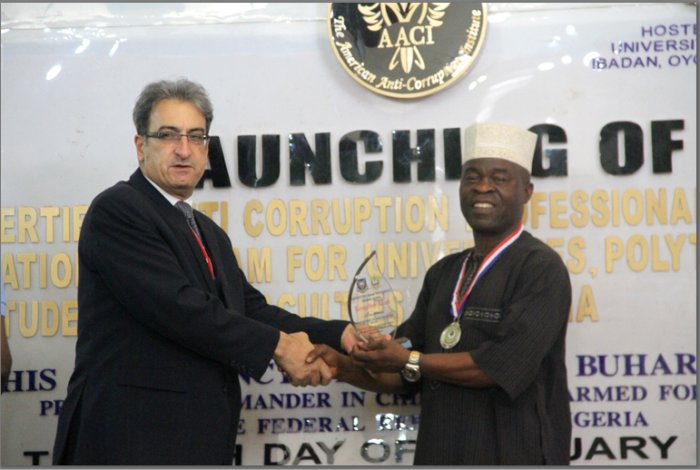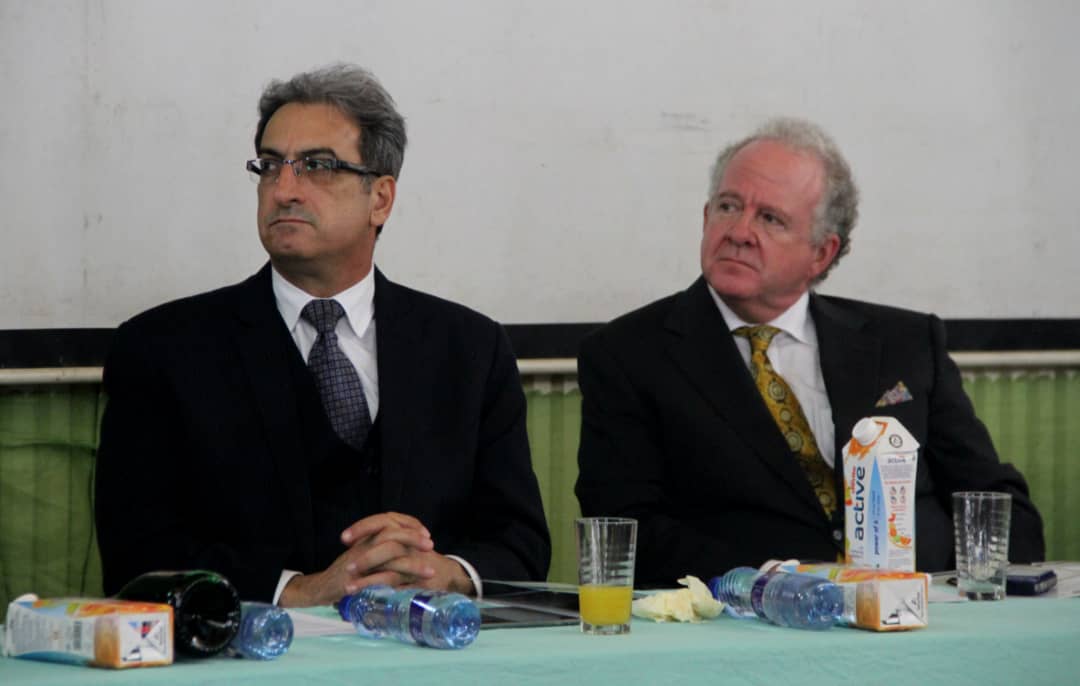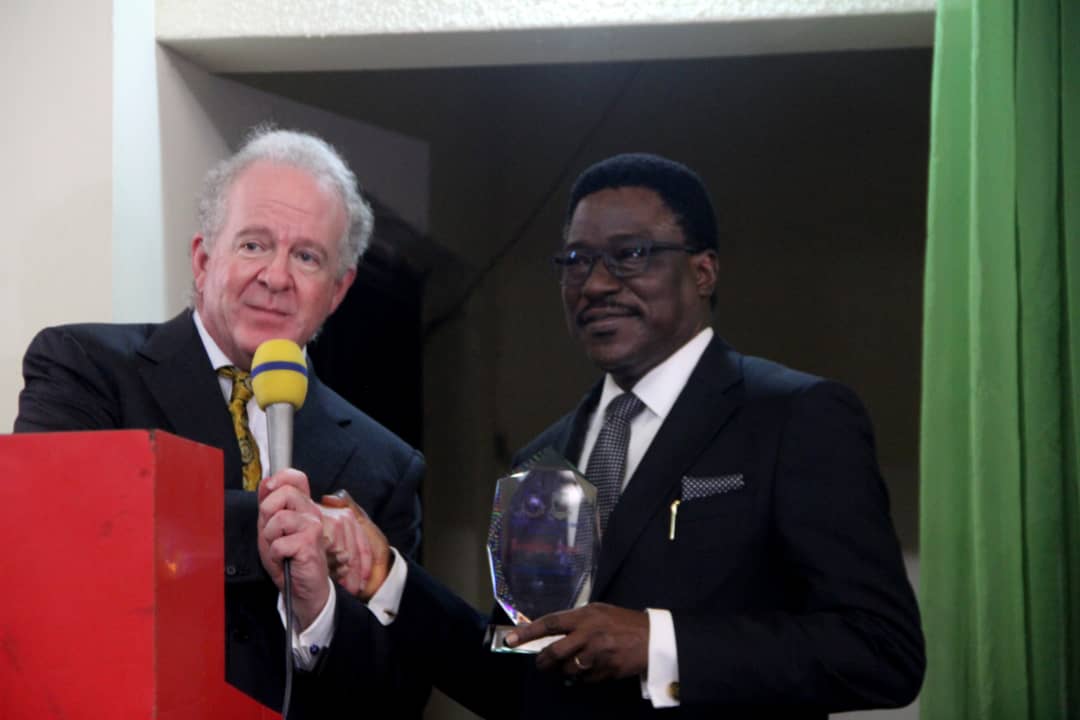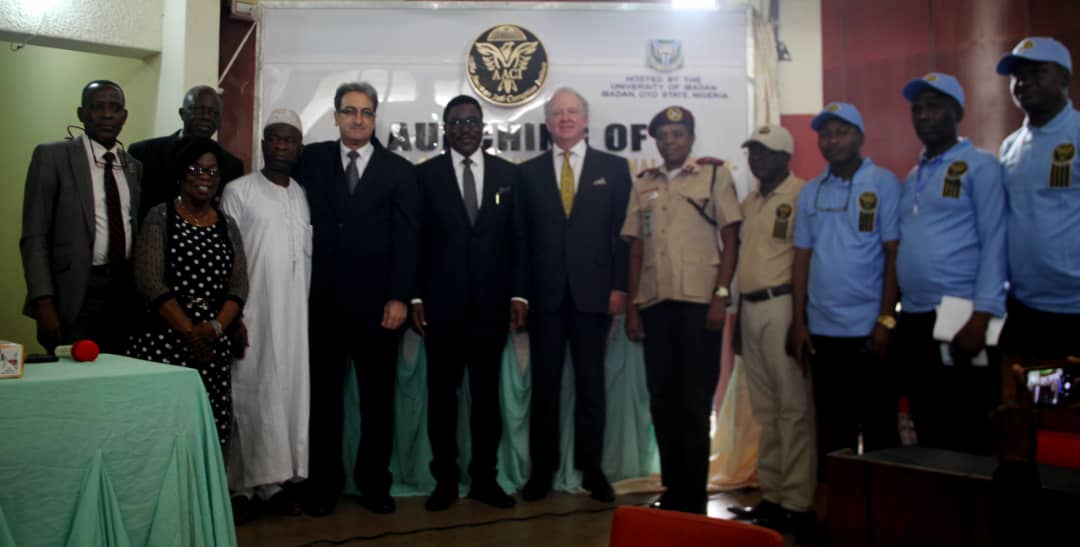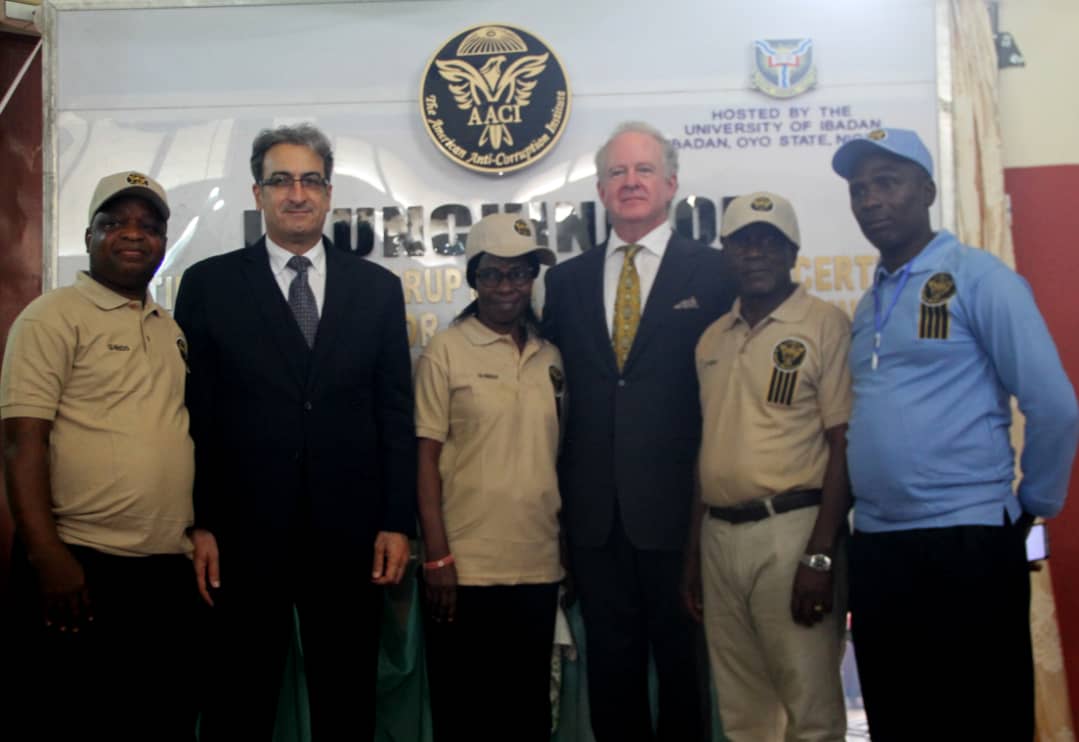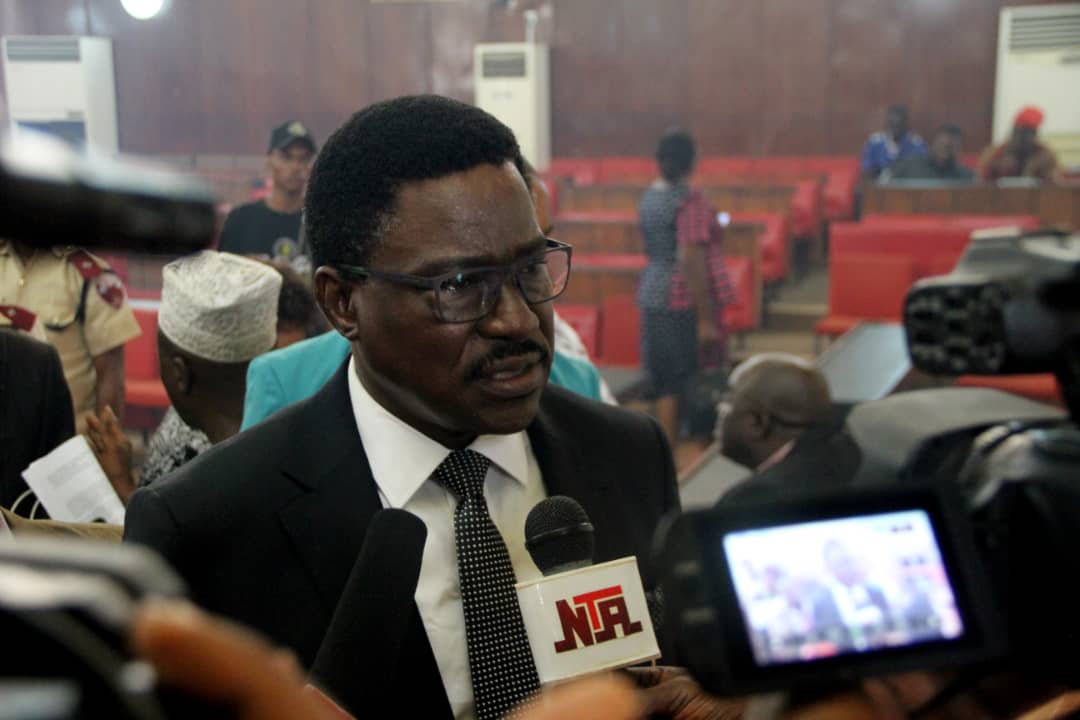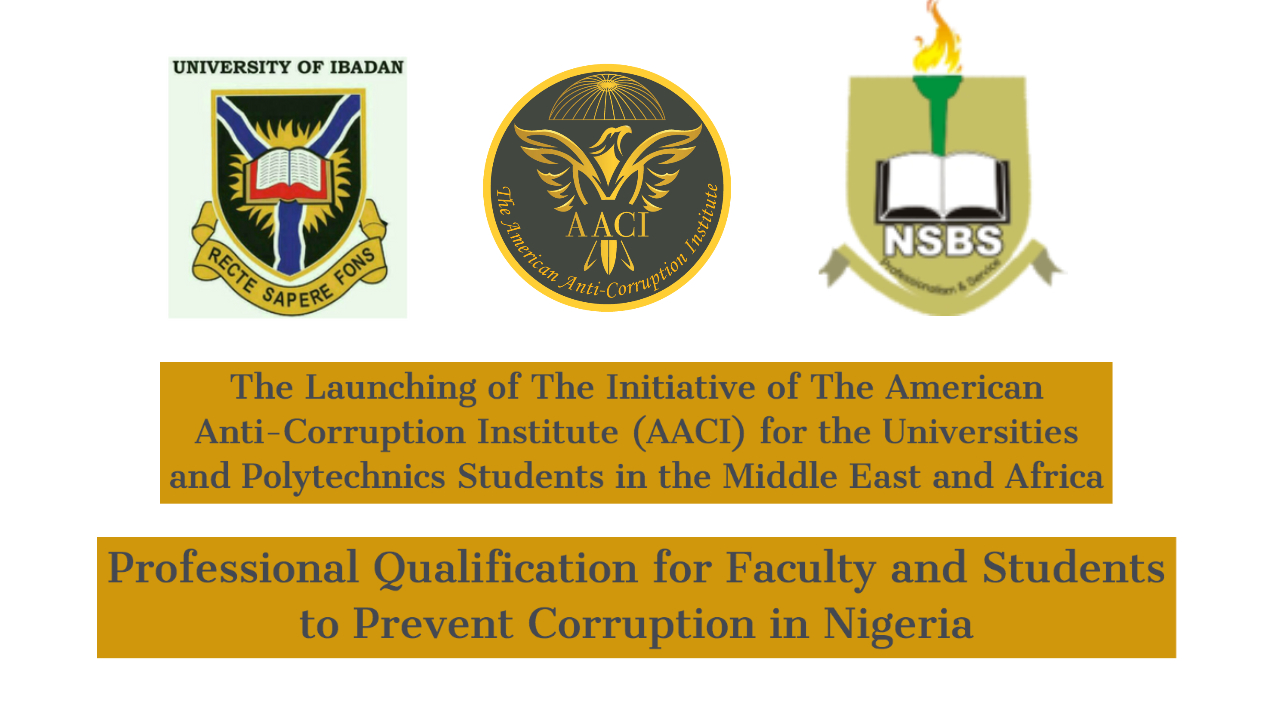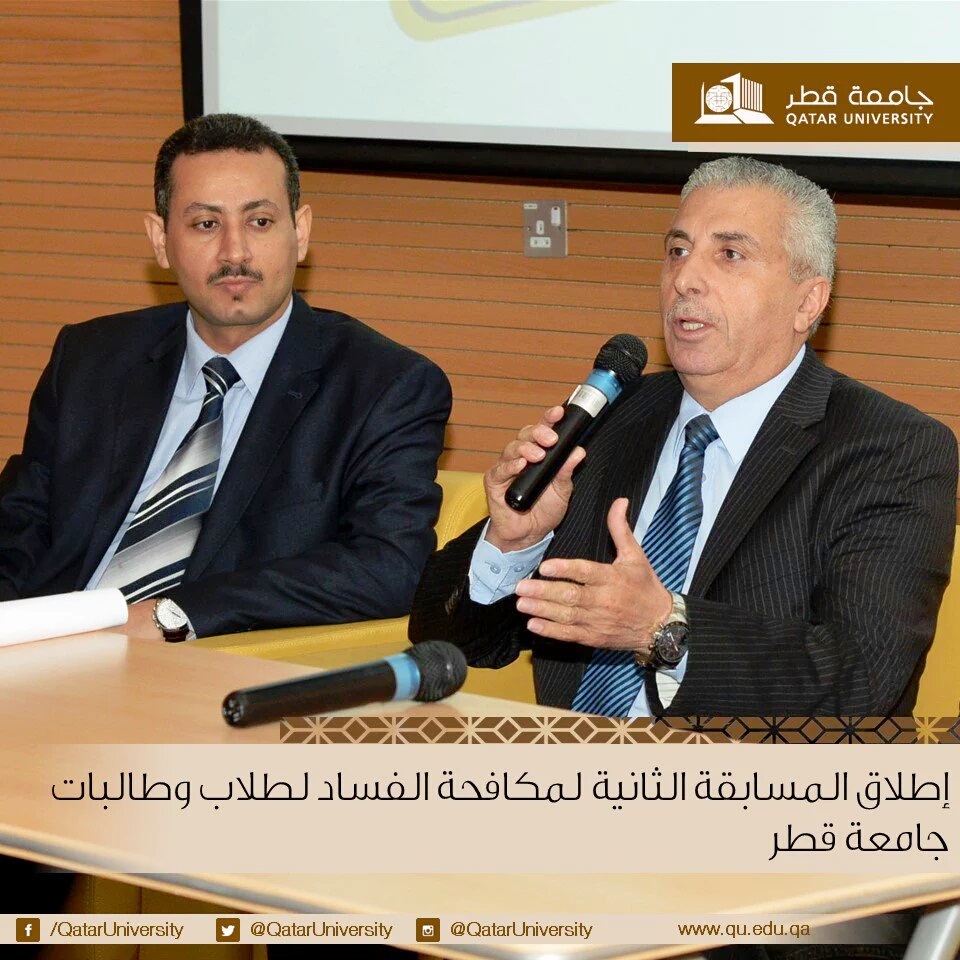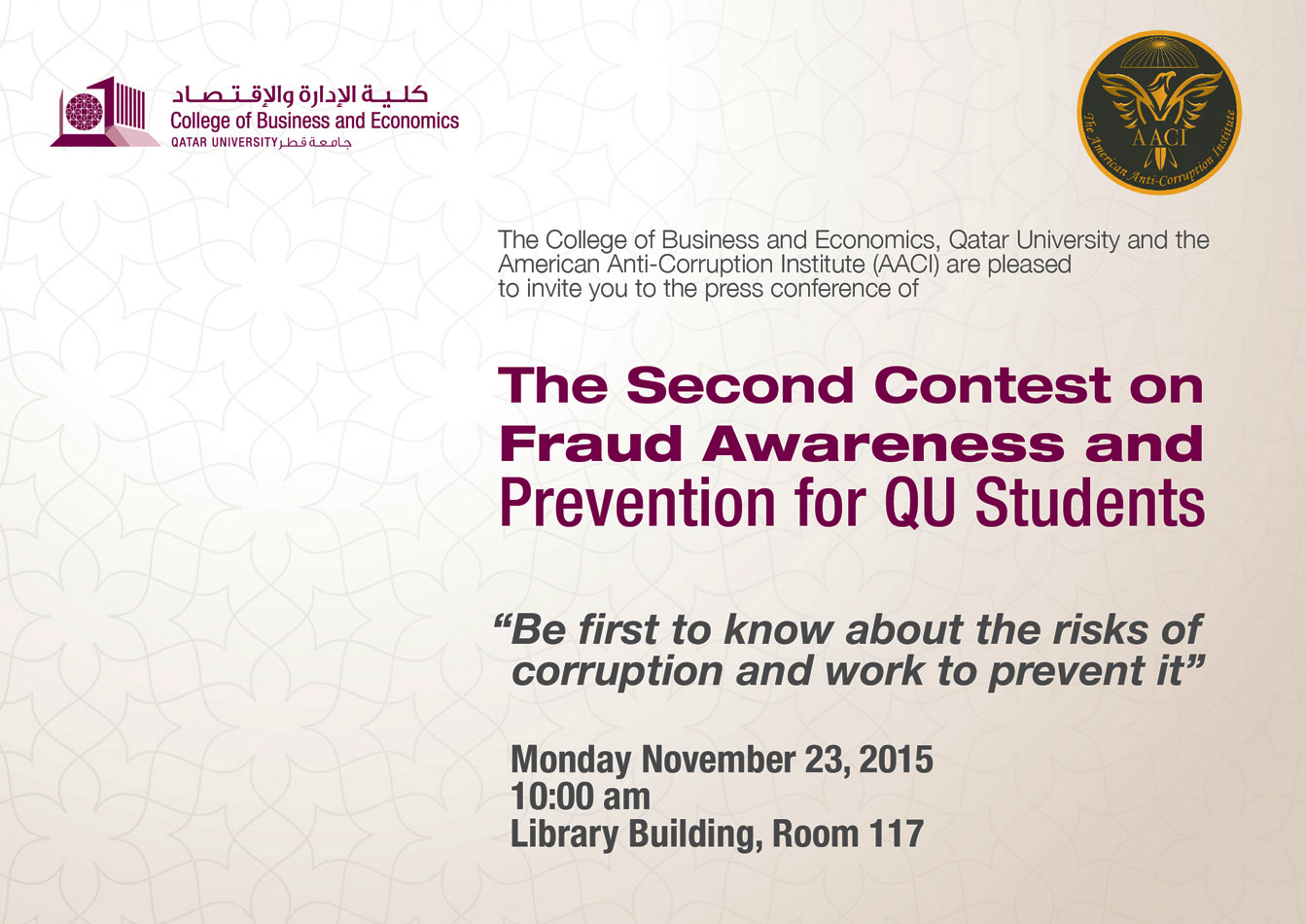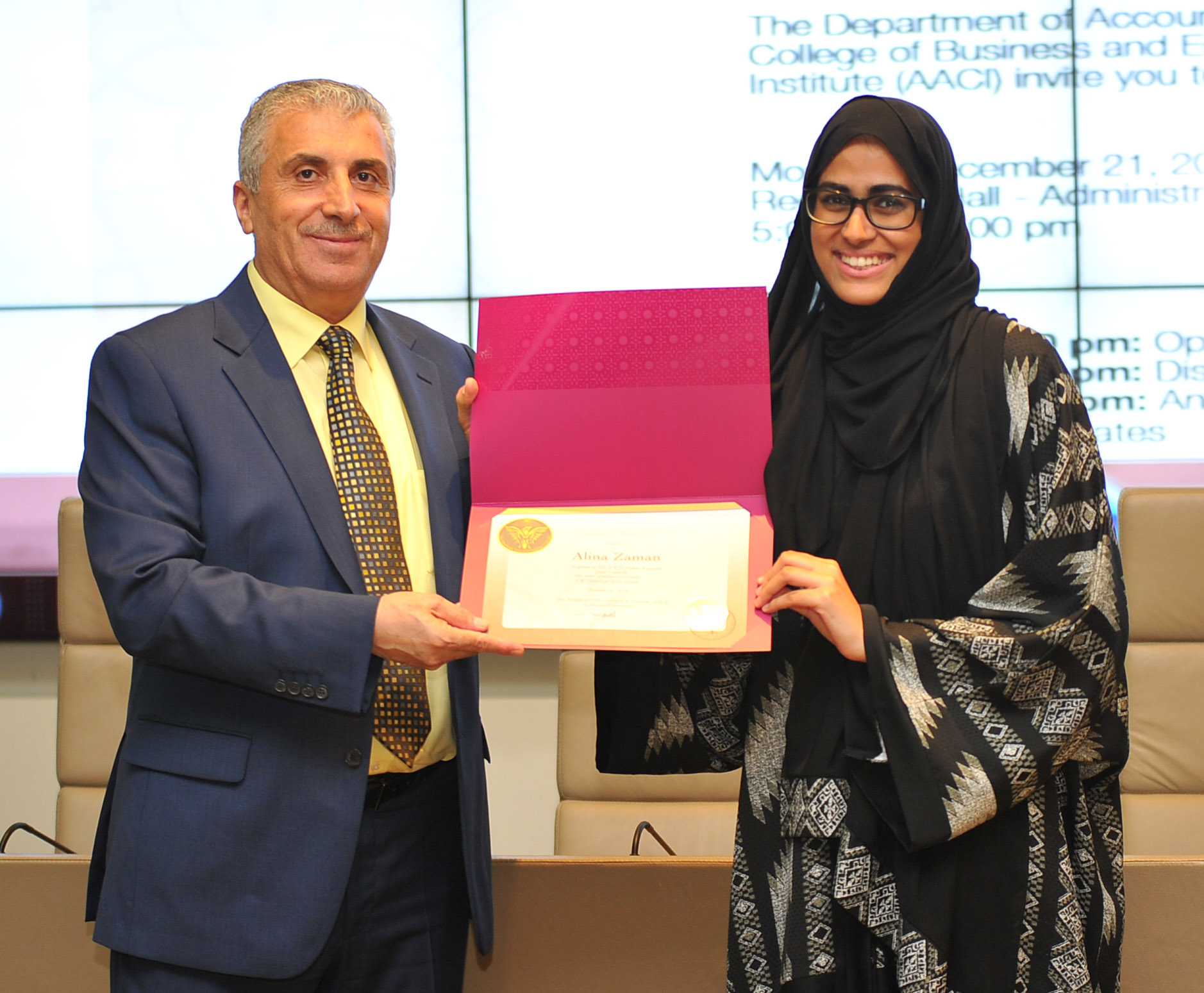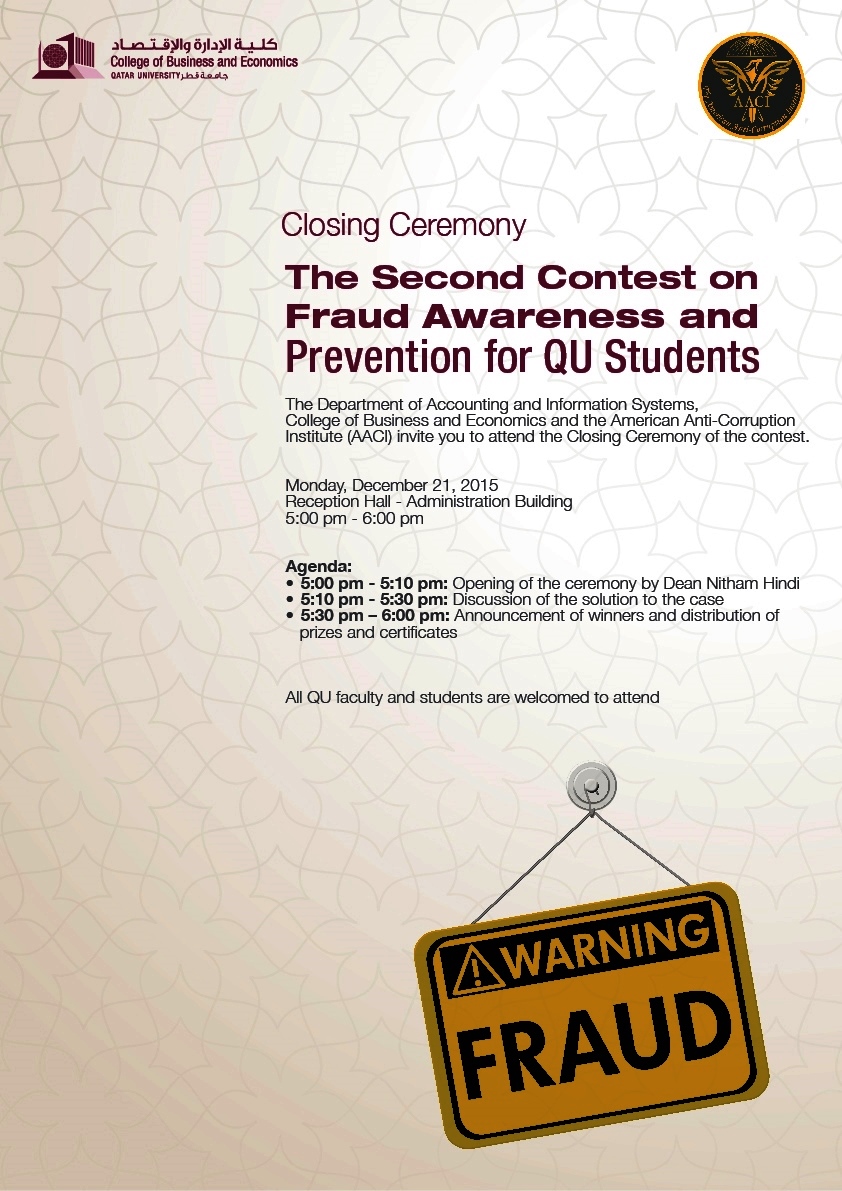Mike Masoud
April 20, 2023
The profession of auditing serves as a crucial element in safeguarding the public interest, promoting the welfare of society, and assisting those responsible for governance in deterring, preventing, and identifying fraudulent and corrupt practices. Additionally, an independent auditor issuing an audit report on the accompanying financial statements enhances the reliability and authenticity of the financial statements prepared by the company’s management.
Nevertheless, it is essential to examine whether the recipients of the independent auditor’s report possess a sufficient and proper understanding of the following:
1. The objective of the audit
2. The auditor’s responsibility regarding fraud and corruption in the financial statements
3. The auditor’s responsibility regarding errors in the financial statements
4. The auditor’s responsibility regarding the assessment and evaluation of the company’s internal control effectiveness
5. The auditor’s report
Regrettably, they do not, and it applies to various countries worldwide. The first cry from many stakeholders who have endured the consequences of a fraud scandal is, “Where were the auditors?” This phenomenon can be attributed to what is known in audit literature as the “audit expectation gap.”
Audit Expectation Gap
It refers to “the difference between (1) what the public and financial statement users believe the responsibilities of auditors to be and (2) what auditors believe their responsibilities are” (AICPA, 1993, iii). The auditor’s report mentions “fraud” only once in a statement that even confuses auditors. On the one hand, users of audited financial statements presume that an audit will prevent, detect, and report fraud (if any). On the other hand, the profession has never assumed this function or objective of auditing financial statements. This is one of the primary aspects of what is being called the “audit expectation gap”. (Mike Masoud, 2012).
Fraud “Audit Expectation Gap”
I was honored to present a conference paper titled “The Auditor’s Responsibility Relating to Fraud in an Audit of Financial Statements: Fraud “Audit Expectation Gap” in the Middle Eastern Countries ” at The First Accounting and Auditing International Conference Organized by The Palestine Association of Certified Public Accountants (PACPA) in Ramallah, Palestine, on November 7-8, 2012. The paper focused on a narrower aspect of the audit expectation gap related to fraud.
The majority of users of audited financial statements mistakenly believe that the auditor is responsible for identifying, detecting, and reporting instances of fraud and corruption in financial statements. However, this responsibility falls on those charged with governance (TCWG) and not on the auditor. The auditor’s role is limited to detecting material misstatements resulting from error or fraud.
The paper remains as relevant and informative today as it was in 2012. I invite you to read the full text of the conference paper by clicking here.
The Auditor’s Responsibility Relating to Fraud in an Audit of Financial Statements: Fraud “Audit Expectation Gap” in the Middle Eastern Countries
Abstract
This paper presents the results of reviewing the fraud “audit expectation gap” in Middle Eastern countries. The purpose of this research is to review the literature written about the audit expectation gap as it relates to fraud to find out whether the results of prior research can be applied to the Middle East, where this phenomenon has not sufficiently been examined despite its crucial impacts on the audit profession about this phenomenon in the Middle East, we found that the fraud “audit expectation gap” exits in the Middle Eastern countries.
1. Introduction
The audit profession faces significant challenges regarding the auditor’s role and responsibility, specifically regarding her / his responsibility in preventing and detecting fraud. The auditor’s report represents the output of the audit and the mean of communication with all stakeholders. Further, the audit profession presumes that the auditor’s report is proper, sufficient and communicates the intended message to users.
However, the stakeholders’ dissatisfaction and outrage regarding the scandals in the USA (i.e. Bernard Madoff, Stanford, Lehman Brothers, Enron, Anderson, WorldCom, Tyco, etc.), India (i.e Satyam), Italy (i.e Parmalat), and the latest financial crises that became clear in late 2007 and still hits all over the globe proves beyond any reasonable doubt that the audit profession failed in communicating the role and responsibility of the auditor regarding fraud. Anecdotal evidence suggests that financial statement users may not consistently understand the intended communications contained in the auditor’s report (American Institute of Certified Public Accountants [AICPA] and International Auditing and Assurance Standards Board [IAASB] 2006).
The auditor’s report mentions the word “fraud” only once in a statement that even confuses auditors. On the one hand, users of audited financial statements presume that an audit will prevent, detect, and report fraud (if any). On the other hand, the profession has never presumed this function or objective of auditing financial statements. This is one of the primary aspects of the “audit expectation gap”.
The expectation gap was found to be particularly wide on the issues of the auditor’s responsibilities for fraud prevention and detection, and the auditor’s responsibilities for maintenance of accounting records and exercise of judgment in the selection of audit procedures (Best et al., 2001). The audit profession minimizes its role in fraud detection, and expresses that is the responsibility of management (Hassink et al., 2009). In a study of the auditor’s responsibility levels regarding fraud and error, it has been found that there is an unquestionable expectation gap between the perceptions of financial statements users and what is required by auditors to do following the applicable standards and statutes (Stirbu et al., 2009).
The objective of this research is to review the literature about the audit expectation gap as it relates to fraud to find out whether the results of prior research can be applied to the Middle East, where this phenomenon has not sufficiently been examined despite its crucial impacts on the audit profession. The audit expectation gap has been examined in many regions of the world. Still, the extent of such a gap has not been investigated in many Middle-Eastern countries, including Lebanon (Sidani, 2007). The research attempts to evaluate the results reached in regional, international, and emerging countries to determine its relevance to the Middle-Eastern countries.
2. The audit expectation gap – literature review
The concept of the expectations gap was first used by Liggio (1974), who defined it as the difference between the levels of expected performance “as envisioned by the independent accountant and by the user of financial statements.” (Koh and Woo, 1998; Sidani, 2007). In other words, it refers to “the difference between (1) what the public and financial statement users believe the responsibilities of auditors to be and (2) what auditors believe their responsibilities are” (AICPA, 1993, iii). However, the existence of the expectation gap dates back to the early days of the audit profession.
Porter (1993) provided a definition of the audit expectation gap and stated that the gap has two major components:
- Performance gap: A gap between what society can reasonably expect auditors to accomplish and what they are perceived to achieve.
- Reasonableness gap: A gap between what society expects auditors to achieve and what they can be reasonably expected to accomplish.

Figure 1. Structure of the audit expectation–performance gap. Source: Porter (1993, p. 50).
1 Duties defined by the law and professional standards.
2 Duties which are cost-beneficial for auditors to perform
These two gaps may look confusing, but Porter (1993) captured two concepts. The performance gap is based on what society could reasonably expect that auditors should do-not what existing auditing standards say auditors are supposed to do. Porter (1993) further subdivided the performance gap into two more-detailed gaps: (1) the “deficient standards” gap, which is the gap between what auditors should do and what auditors would do if they absolutely complied with the auditing standards, and (2) the “deficient performance” gap, which is the perceived gap between what auditors actually do and the requirements of the standards. While the performance gap is based on an ideal but reasonable set of achievements, the reasonableness gap is society’s unreasonable expectations. (Gray et al., 2011).
Prior research shows that the audit expectation gap exists wherever a study is conducted. Saeidi (2011) stated several researches that confirmed the existence of the audit expectation gap in several countries and regions. Hassink et al.( 2009) identified several studies about the audit expectation gap that surveyed users from diverse groups, including investors, bankers, financial directors, senior management, investment analysts, educators, government officials, brokers, credit managers, judges, and jurors. Most, if not all, prior research during the last 20 years confirmed the existence of an audit expectation gap that was partly attributed to the auditor’s role and responsibility regarding fraud.
3. The fraud “audit expectation gap”
Sidani (2007) conducted a survey to assess the attitudes and perceptions of accountants and non-accountants about the auditing profession in Lebanon to uncover the possible existence of an expectation gap. He found a significant difference in the perception of the auditor’s role in fraud detection. Saeidi (2012) conducted a study in Iran where the purpose was to investigate the existence of the audit expectations gap concerning auditors’ responsibilities for preventing and detecting fraud among auditors, financial managers, and investors. The results provided evidence of an “audit expectations gap” concerning fraud definition and auditors’ responsibilities in detecting and reporting fraud between auditors, financial managers, and auditors and investors.
Dixon et al.(2006) investigated the existence of an audit expectation gap between auditors and financial statement users in Egypt. They found that the expectation gap was vast on the issue of the auditor’s responsibilities for fraud prevention and detection and the auditor’s responsibility for maintenance of accounting records, the exercise of judgment in the selection of audit procedures, soundness of internal control, and whether the auditor is unbiased and objective.
Each Sidani (2007), Saeidi (2012), and Dixon et al.(2006) found that their results regarding the audit expectation gap in the context of fraud were confirmed by other researchers who conducted their studies and surveys in other countries and regions in both developed and developing countries. However, users of audited financial statement do not have similar needs and do not have the same level of financial intelligence. We doubt results of studies when their samples consist of accountants and non-accountant as used by Sidani (2007).
Audited financial statement users are classified into two categories: Sophisticated and Unsophisticated. Sophisticated users are those who are enabled to have financial intelligence and a proper understanding of the nature of the financial statements audit. Unsophisticated financial statement users cannot understand the auditor’s role and the nature of the financial statement audit. Therefore, a user’s level of audit expectation gap is a function of the financial statements user’s sophistication. Irrespective of the financial intelligence qualities, financial statement users have a level of belief that the audited financial statements are free of any fraud if the auditor’s report does not state explicitly otherwise.
Respondents in several surveys summarized their understanding as “The auditor is responsible for detecting all fraud” (Best et al., 2001), “A CPA must be responsible for detecting and reporting errors and frauds in an audit engagement” (Lin & Chen, 2004), and “One role of an external auditor is to actively search for fraud, no matter how small” (Sidani, 2007).
4. The reality about the auditor’s role regarding fraud in an audit of financial statements
In 2009, the IAASB issued a revised version of ISA No. 240: “The auditor’s responsibilities relating to fraud in an audit of financial statements,” with directions to external auditors concerning fraud. The standard specifies the primary responsibility regarding fraud prevention and detection when it states: “The primary responsibility for the prevention and detection of fraud rests with both those charged with governance of the entity and management.” The standard also mentioned that: “The auditor shall maintain professional skepticism throughout the audit, recognizing the possibility that a material misstatement due to fraud could exist, notwithstanding the auditor’s past experience of the honesty and integrity of the entity’s management and those charged with governance” (paragraph 12).
The IAASB states clearly in the ISA No. 200, “The overall objectives of the independent auditor and the conduct of an audit in accordance with international standards on auditing” the objective of a financial statements audit when it states: “The purpose of an audit is to enhance the degree of confidence of intended users in the financial statements. This is achieved by expressing an opinion by the auditor on whether the financial statements are prepared, in all material respects, following an applicable financial reporting framework. In the case of most general purpose frameworks, that opinion is on whether the financial statements are presented fairly, in all material respects, or give a true and fair view in accordance with the framework. An audit conducted under ISAs and relevant ethical requirements enables the auditor to form that opinion (Paragraph 3).
Auditing standards used in the USA or the ISAs are reasonably clear for auditors to conduct an effective audit. However, users of audited financial statements find that the audit report is full of complexities and needs to deliver the intended message (Gray et al. 2011). Gray et al. (2011) found in their recent focus group study that there needs to be more consensus on the intended communication of the auditor’s report. Even the participating auditors need help describing and agreeing on the intended communication of the auditor’s report. Currently, auditors do not disclose materiality levels and sample sizes publicly, do not quantify the level of assurance, and the auditor’s report is silent on some aspects of the audit, such as fraud.
Standard setters are responsible for the fraud “audit expectation gap”. As leaders of the audit profession, they failed to innovatively address the fraud “audit expectation gap” that existed since the early days of the audit profession and persistently evident among the different types of users. In other words, standard setters failed to address the financial statement users’ dynamic and changing needs. They only focused on the technical jargon of the supply side: the auditing standards.
5. The fraud “audit expectation gap” in the Middle East and how to bridge it
Despite the limited research that studies the audit expectation gap phenomenon in the countries of the Middle East, we can confidently presume the existence of the audit expectation gap in these countries. Further, the results of prior research regarding fraud “audit expectation gap” apply to most countries with varying degrees.
In Lebanon, Sidani (2007) concluded that “auditors are appointed in many cases to conform to the legal stipulations and not because people understand their proper role in corporate development and transparency. It should also be noted here that some look at the accounting and auditing professionals in Lebanon as expert vehicles for tax savings – if not tax evasion. In a corporate environment dominated by closely held businesses, most family owned, the main pressure from many stakeholders is to save the bottom lines of their companies from taxes. This leads into continuous pressures on auditing professionals that – unfortunately – does not serve the proper image of an auditor being an independent, autonomous and ethical figure, free from undue pressures and unjustifiable demands…. There have been instances in Lebanon where some judges, probably interpreting the laws in a way reflecting societal expectations, have ruled against the auditors in a manner implying that the auditors should offer absolute assurance in their reports. This indicates that the expectation gap could have a detrimental impact on auditors putting severe obstacles in the way they conduct their audits.” Several of the Middle Eastern countries more likely than not share with the results reached for in Sidani’s (2007) results in Lebanon.
Dixon et al. (2006) found that their results regarding the audit expectation gap indicate serious concerns for the accounting and auditing profession in Egypt. Most users of the audited financial statements in the Middle Eastern countries are not sophisticated. Users of the audited financial statements may not read the unqualified audit report. The following results of Gray et al. (2011) regarding whether users read the unqualified audit report are applicable in the Middle East. They found that:
1. “There was a consensus that, conceptually, a replacement for the current unqualified auditor’s report could be a stamp that said “O.K.,” along with the standards used by the auditor and the name of the firm that conducted the audit.
2. Users look to see if the report includes an unqualified opinion and whether a Big 4 firm conducted the audit. If yes on both counts, that is the last time they look at the report. If a Big 4 firm did not conduct the audit, the user may do some research to determine the reputation of the firm signing the auditor’s report.
3. An unqualified auditor’s report does not imply anything about the quality of management or whether the company is a good investment (unless the auditor’s report includes a going concern opinion).
4. … The participants, however, assume auditors looked for fraud and found none.”
The present situation may be improved through several strategies. The most important strategies are:
1. Conducting continuous education programs for users of audited financial statements on the role and the actual duties of auditors through better communication by auditors. Porter (1997) believes that education may help solve the misconception problem by reducing the “misunderstanding gap” caused by ignorance.
2. Expanding the scope of an audit may help mitigate the “expectation gap” problem as auditors would then be performing additional duties not previously required (Stirbu et al. 2009)
3. Enhancing the monitoring and oversight role of the Arab Associations of certified public accountants of the audit work of its members and taking actions when defective work is found.
4. Improving the effectiveness of the continuing professional development programs designed for certified public accountants. These programs should focus more on enhancing the certified public accountants’ anti-fraud skills, critical thinking, and due diligence. This will reduce the impact of the “deficient performance” as Porter (1993) mentioned.
6. Conclusion
The research reviews the literature about the audit expectation gap as it relates to fraud to determine whether the results of prior research can be applied to the Middle East, where this phenomenon has not sufficiently been examined despite its crucial impacts on the audit profession. The research attempts to evaluate the results reached in regional, international, and emerging countries to find out its relevance to the Middle-Eastern countries.
Due to globalization and the information technology revolution, the audit expectation gap, precisely the fraud “audit expectation gap,” exists in Middle Eastern countries. However, research on the fraud “expectation gap” in Middle Eastern countries is scarce. Even though the audit profession states explicitly that management is responsible for preventing and detecting fraud, users of audited financial statements believe that the auditor is responsible for detecting each fraud, material or immaterial, in the audited entity.
The fraud “audit expectation gap” can be bridged in Middle Eastern countries by addressing the problem on both sides: the audit profession and users. Auditors should perceive that they are accountable for their work, and they may suffer actual damages as a result of any improper, negligent, or grossly negligent professional conduct. They should attend more rigorous continuing education programs with more attention to anti–fraud skills and critical thinking. There should be continuous educational programs for users as well. This will help improve the image of the audit profession, maintain its integrity, independence, and objectivity, and reduce the fraud “audit expectation gap.”
Research could be extended to studying non-Middle Eastern foreign investors’ perception of the fraud “audit expectation gap” in the Middle East. It could also be developed to study the judges, regulators, and educators’ perceptions concerning this phenomenon.
7. Limitation
The primary limitations of this research are twofold: we did not conduct empirical studies in the countries of the Middle East. We presumed the existence of the fraud “audit expectation gap” in the countries where investigations were not conducted in this regard. Further, we generalized the results of several studies to the Middle Eastern countries.
Further readings
Alleyne, P., &Howard, M. 2005. An exploratory study of auditors’ responsibility for fraud detection in Barbados. Managerial Auditing Journal, 20(3), 284–303.
Bollen, L. H. H., Mertens, G. M. H., Meuwissen, R. H. G., Van Raak, J. J. F., & Schelleman, C. 2005. Classification and analysis of major European business failures.
Maastricht: Maastricht Accounting, Auditing and Information Management Research Center.
Epstein, M. J., & Geiger, M. A. 1994. Investor views of audit assurance: Recent evidence of the expectation gap. Journal of Accountancy, 177(1), 60–64.
Fadzly, M. N., & Ahmad, Z. 2004. Audit expectation gap: The case of Malaysia. Managerial Auditing Journal, 19(7), 897–915.
Guy, D. M., & Sullivan, J. D. 1988. The expectation gap auditing standards. Journal of Accountancy, 177(4), 36–46.
Haniffa, R., & Hudaib, M. 2007. Locating audit expectations gap within a cultural context: The case of Saudi Arabia. Journal of International Accounting, Auditing and Taxation, 16(2), 179–206.
McEnroe, J. E., & Martens, S. C. 2001. Auditors’ and investors’ perceptions of the “expectation gap”. Accounting Horizons, 15(4), 345–358.
Monroe, G. S., &Woodliff, D. R. 1993. The effect of education on the audit expectation gap. Accounting and Finance, 33, 61–78.
References
American Institute of Certified Public Accountants (AICPA). 1993. In D. Guy, & A. Winters (Eds.), The expectation gap standards: Progress, implementation issues, and research opportunities. New York: AICPA.
American Institute of Certified Public Accountants and International Auditing and Assurance Standards Board (AICPA/IAASB). 2006. AICPA Auditing Standards Board and International Auditing and Assurance Standards Board Request for Proposals For Research on Unqualified Auditor’s Report Communications. Available at: http://aaahq.org/audit/Audit%20Reports%20RFP%20Final%20Final%20Version%208%204%2006.htm
Best, P.J., Buckby, S. and Tan, C. 2001, “Evidence of the audit expectation gap in Singapore”, Managerial Auditing Journal, vol. 16, no. 3, pp. 134-144.
Dixon, R., Woodhead, A.D. and Sohliman, M. 2006, “An investigation of the expectation gap in Egypt”, Managerial Auditing Journal,vol. 21, no. 3, pp. 293-302.
Gray, G.L., Turner, J.L., Coram, P.J. and Mock, T.J. 2011, “Perceptions and Misperceptions Regarding the Unqualified Auditor’s Report by Financial Statement Preparers, Users, and Auditors”, Accounting Horizons, vol. 25, no. 4, pp. 659-684.
Hassink, H.F.D., Bollen, L.H., Meuwissen, R.H.G. & de Vries, M.,J. 2009, “Corporate fraud and the audit expectations gap: A study among business managers”, Journal of International Accounting Auditing & Taxation, vol. 18, no. 2, pp. 85-100.
Institute of Auditing and Assurance Standards Board. 2012. ISA 240: the auditor’s responsibilities relating to fraud in an audit of financial statements. Retrieved from http://www.ifac.org/
Kassem, R. & Higson, A. 2012, “Financial Reporting Fraud: Are Standards’ Setters and External Auditors doing enough?”,International Journal of Business and Social Science, vol. 3, no. 19, pp. 283-290.
Koh, H.C. & E-Sah, Woo. 1998, “The expectation gap in auditing”, Managerial Auditing Journal, vol. 13, no. 3, pp. 147-154.
Liggio, C.D. 1974, “The Expectation Gap – the Accountant’s Legal Waterloo”, Journal of Contemporary Business, vol. 3, no. 3, pp. 27-27.
Lin, Z.J. & Chen, F. 2004, “An Empirical Study of Audit ‘Expectation Gap’ in The People’s Republic of China”, International Journal of Auditing, vol. 8, no. 2, pp. 93-115.
Porter, B. 1993. “An empirical study of the audit expectation-performance gap”. Accounting and Business Research 24 (93): 49-68.
Saeidi, F. 2012, “Audit expectations gap and corporate fraud: Empirical evidence from Iran”, African Journal of Business Management, vol. 6, no. 23, pp. 7031-7041.
Sidani, Y.M. 2007, “The audit expectation gap: evidence from Lebanon”, Managerial Auditing Journal, vol. 22, no. 3, pp. 288-302.
Stirbu, D., Moraru, M., Farcane, N., Blidisel, R. & Popa, A. 2009, “Fraud and Error. Auditors’ Responsibility Levels”, Annales Universitatis Apulensis : Series Oeconomica, vol. 11, no. 1, pp. 54-64.
Notes
1. Obtained permission from the author of “The Auditor’s Responsibility Relating to Fraud in an Audit of Financial Statements: Fraud “Audit Expectation Gap” in the Middle Eastern Countries.”
Photo by Nothing Ahead: https://www.pexels.com/photo/paper-world-map-with-continents-and-water-6564826/
